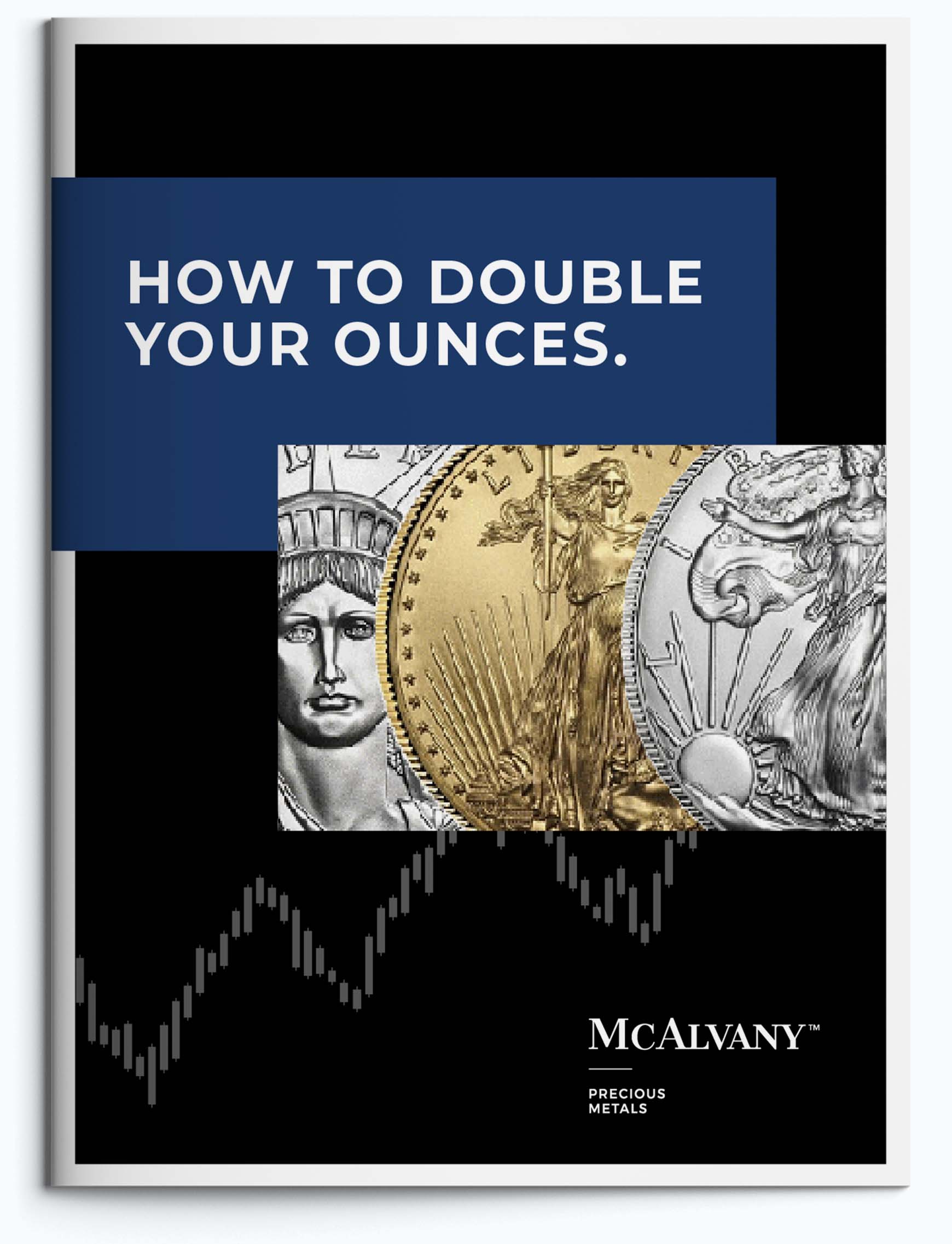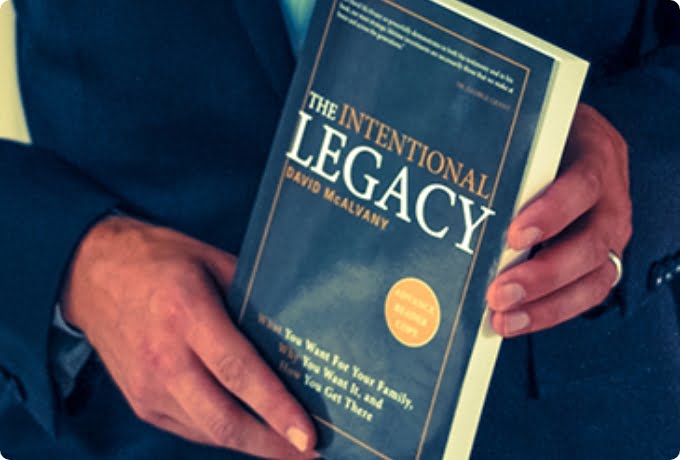More

WEEKLY COMMENTARY
Weekly monetary, economic, and geopolitical news and events. When it comes to building a strong investment portfolio, you’ve never followed the crowd. You already know that following the masses can be a shortcut to disaster, and that ‘mainstream wisdom’ can lead to strategic missteps.
NVIDIA Loses Over Half Trillion In One Day The World Needs Resources The Fed Can’t Print DeepSink Is AI’s Sputnik Moment “So earnings growth [...]
Executive Orders Signal Immediate Change Mr. Bond Vigilante Still Has The Strongest Say Uncertainty The Best Driver To Gold “So returning to the [...]
AI Tech Bubble Says, “Feed Me”! How Will Trump Respond To Financial Instability? The Fed Can’t Get Longer Maturity Interest Rates To Go Down [...]
Interest Rates Rise In Worldwide Competition For Liquidity Mag 7 Stocks Represent 70% Of Trading Volume Gold & Dollar Rise In 2024, What Does That Mean? [...]
Morgan Lewis answers your question on Gold Recycling/Dollar Recycling Philip Wortman on Crypto and Gold What indicators does David McAlvany look at [...]
Kevin: Welcome to the McAlvany Weekly Commentary. Merry Christmas and happy Hanukkah. I’m Kevin Orrick, along with David McAlvany. Well, David, [...]
S&P 500: More Declines Than Advances Every Day In December China Adds 160,000 oz of Gold Send Questions To in**@mc******.com “We’re at this [...]
Rapid Middle East Re-Shuffle With Assad’s Exit Invisible Hand Of Free Markets VS Tariff Strategy Send Questions For Q&A Program To in**@mc******.com [...]
Falling Yields Globally May Be Signaling Concern Rising Stocks & Cryptos Show Bulls All In Send Questions For Our Q&A Programs To: in**@mc******.com [...]
Top Execs Selling 5x More Stock Than Buying Goldman Sachs Calls For $3,000 Gold In 2025 Will Powell Drop Rates Again? “The Wilshire 5000 to GDP, this is [...]
Trump Is Not In Yet & He’s Already Being Blamed Pre-Election October Deficit Largest Ever Ukraine Strikes Into Russia With U.S. Approval & [...]
Left Cannot Ignore Electoral & Popular Sweep Head Of $11 Trillion BlackRock Likes Hard Assets When Will Western Investors Move To Gold? “The [...]


Stay ahead of market trends with customized email notifications when a new episode is released.

Protect your retirement and secure
your hard earned savings.

When it comes to building a strong investment portfolio, you’ve never followed the crowd. You already know that following the masses can be a shortcut to disaster and that ‘mainstream wisdom’ can lead to strategic missteps.
My father, Don McAlvany, started McAlvany ICA in 1972, and for over 50 years, we’ve been helping our clients prepare and protect their families for uncertain times.


Stay connected to market trends with personalized weekly insights — custom to you!
Notifications
McAlvany Weekly Commentary
Stay informed with the latest economic and geopolitical analysis from David McAlvany